 Technology peripherals
Technology peripherals
 AI
AI
 PepsiCo uses artificial intelligence technology to grow potatoes and innovates peeling algorithms.
PepsiCo uses artificial intelligence technology to grow potatoes and innovates peeling algorithms.
PepsiCo uses artificial intelligence technology to grow potatoes and innovates peeling algorithms.
Pepsi is using AI to grow potatoes.
You heard it right! It's the parent company of the Coke brand.
In a vast farmland, Pepsi sensors are analyzing local weather data, potato growth and other data.
Then, the ML algorithm is used to obtain recommendations such as sowing depth, watering amount, and fertilizer amount, and provide them to local farmers.
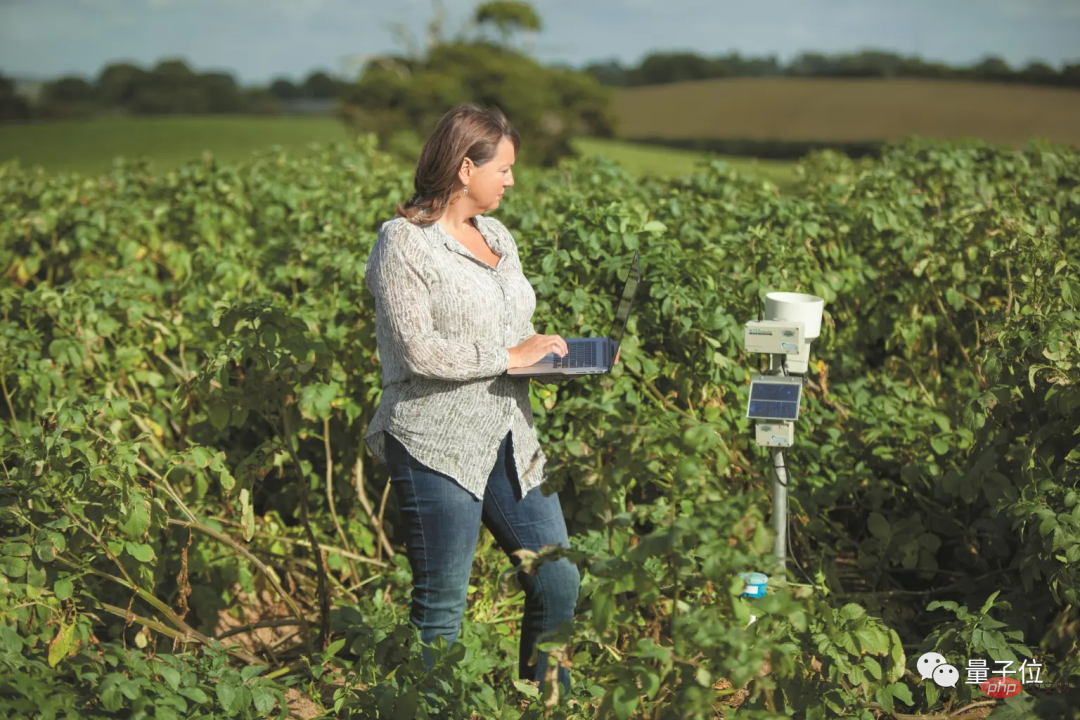
△ Source: potatonewstoday
This is not just a show.
Pepsi has promoted this strategy to North America, South America, and Europe, providing farmers everywhere with more than one million key data suggestions.
So, why did Pepsi do this?
Look down.

You are a person who made your fortune from cola, how can you grow potatoes?
Pepsi uses AI to grow potatoes, and the most typical country is Mexico.
The local area is suffering from drought and water shortage, but nearly 80% of the water is used in agriculture, but a large amount of potatoes must be supplied to American customers.
PepsiCo is working with a team called CropX to place sensors in potato fields to monitor weather conditions during the planting cycle, and then combine them with their trained algorithms to guide farmers to control drip irrigation and pivot irrigation. amount of water.
In addition to watering, the system also provides farmers with more suggestions, including sowing depth, fertilizer amount, how to protect crops at specific nodes, etc...
According to the control group in the early stages of the project In experiments, they also confirmed that after applying the above technology, not only the water and fertilizer materials were reduced by 15%, but the yield increased.
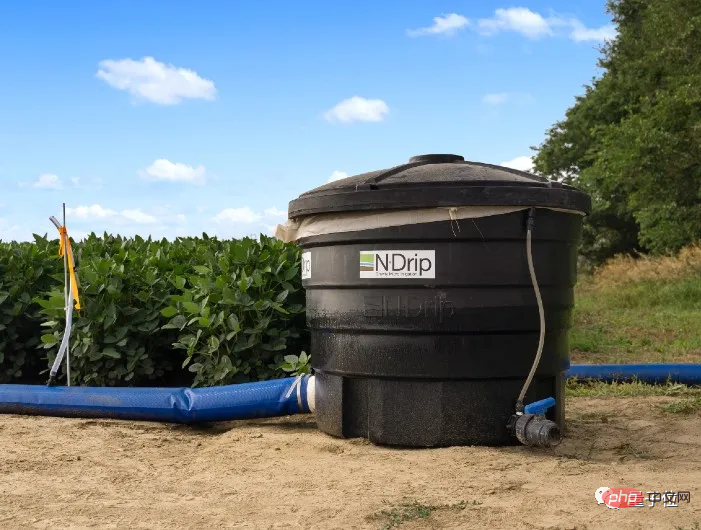
△ Source: potatoesnewstoday
As for why you help people grow potatoes?
The official statement is - reduce carbon emissions and achieve efficient and sustainable development.
But the root cause is of course not that simple.
PepsiCo not only produces Coke, but is also the world's top potato-processed food manufacturer. It owns a series of puffed food brands such as Lay's potato chips, Cheetos, and Duo Le Crisps.
Because of its control of the downstream, PepsiCo has strong control over the potato supply chain. They can promote irrigation technology and control seed varieties. In 2019, several Indian farmers secretly used Lay's Potato Chips' "special" potato varieties and were sued by the company, demanding each of them pay 1.05 million rupees.
Implementing AI technology in potato cultivation can not only obtain higher-quality raw materials, but also help farmers save money and improve planting efficiency, further integrate their own supply chain, and gain a good reputation.
For Pepsi, of course, it’s a fish-out-of-water situation.

Not only uses AI to grow potatoes
If you look through the public information, you can see that PepsiCo has applied AI to all aspects.
Continue to talk about potatoes.
They have a set of visual algorithms that can observe the potato peeling process and input the percentage of peeling to the whole potato. After training, this algorithm can calculate a set of optimal peeling methods and thickness, optimizing Peeling process.
Its in-house engineers estimate that this AI application can save the company more than $1 million per year just by deploying it in the United States.

△ Source: potatopro.com
AI is also used to check the quality of potatoes. In the Pepsi potato chip factory, they applied a machine vision system using cameras as sensors to calculate the size, weight and quantity of potatoes.
This can save weighing equipment. After all, the price of a weighing component on each assembly line is as high as 300,000 US dollars. It can also be used as the basis data to evaluate the material flow and flow rate on the production line. Productivity.
What’s more interesting is that they also irradiate potato chips with lasers and rely on reflected waves to detect the internal texture and quality.
AI technology is also used in many aspects such as the production of puffed food and beverages such as Cheetos, and factory safety compliance inspection and protection.
AI is also used in the sales process. PepsiCo has a cloud-based data collection and analysis platform called Pep Worx that provides advice on inventory, retail, promotions, etc.
For example, when a company wants to launch an oatmeal product, it can identify 24 million target consumer households out of 110 million American households. According to the data it claims, the analytics platform drove 80% of sales growth 12 months after its launch.
Even autonomous driving is used by PepsiCo.
They have an unmanned delivery vehicle called Snack-Bot. This six-wheeled self-driving delivery vehicle can travel 20 miles on a single charge and can travel at night when it rains.
Functionally, it mainly provides snacks and drinks under the brand to college students. When students place an order through the APP, it will deliver the goods to the designated distribution point without any delivery fees.
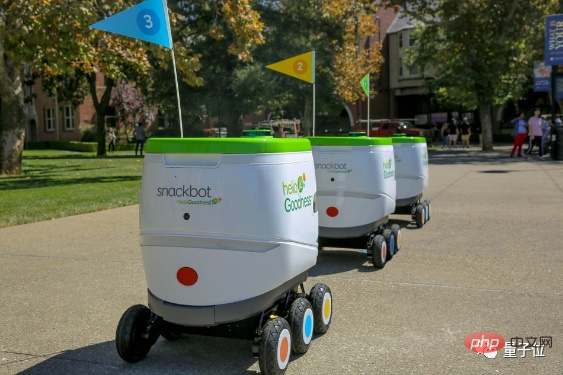
In addition to PepsiCo, other food giants are also applying AI.
Pepsi's rival, Coca-Cola, has been trying to feed the full-link data of 60 vending machines to the AI algorithm since 2014, allowing it to generate distribution recommendations. Its transaction volume increased by 15%, and the number of replenishments increased by 15%. Instead, it was 18% less.
In addition, they also use CNN technology to achieve higher-precision OCR. When consumers redeem for another bottle, it can be completed online, and they no longer have to deal with the canteen owner.
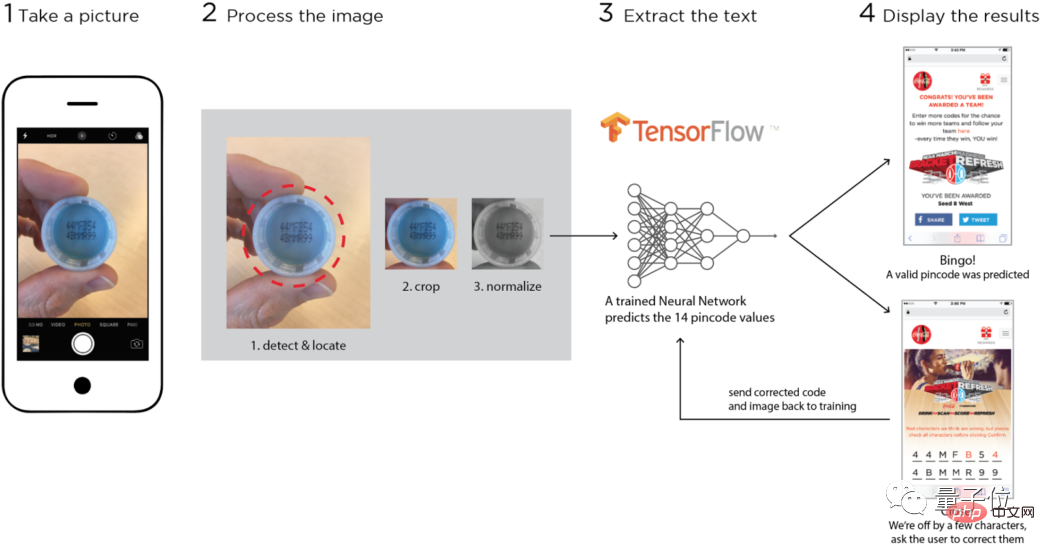
In addition to the giants, a team called Tomra has built a French fries analysis machine that can determine whether the length of French fries meets the requirements on the production line (such as 3 -4 inches), and separate products that do not meet the requirements:
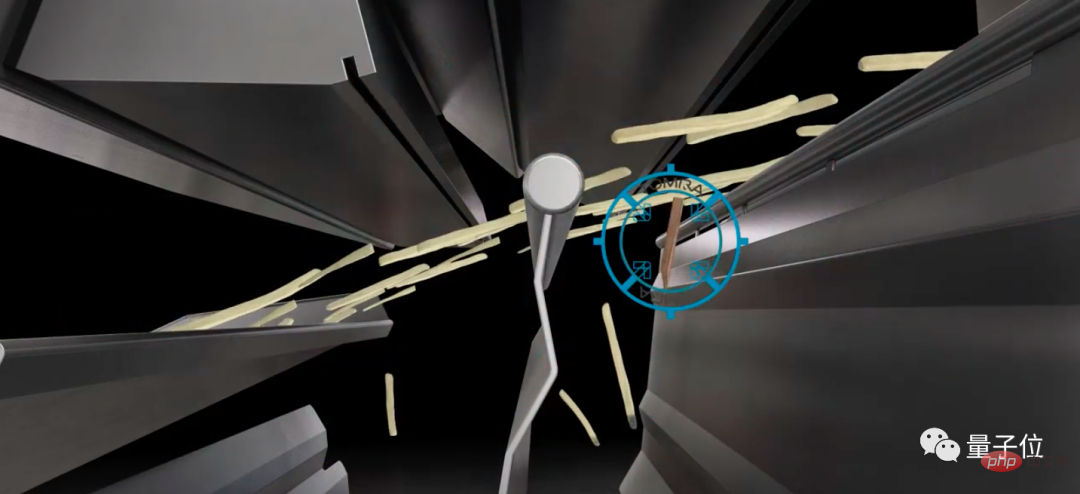
Finally, do you know what other AI technologies have been implemented in the food and beverage field?
Reference link:
[1]https://venturebeat.com/ai/2023-will-be-year-of-hope-and-focus-for-ai-says- pepsico-transformation-leader/
[2]https://www.prnewswire.com/il/news-releases/pepsico-chooses-cropx-to-achieve-global-sustainability-goals-301362544.html
[3]https://www.forbes.com/sites/bernardmarr/2019/04/05/the-fascinating-ways-pepsico-uses-artificial-intelligence-and-machine-learning-to -deliver-success/?sh=cd1fea2311ef
[4]https://emerj.com/ai-sector-overviews/artificial-intelligence-at-coca-cola/
The above is the detailed content of PepsiCo uses artificial intelligence technology to grow potatoes and innovates peeling algorithms.. For more information, please follow other related articles on the PHP Chinese website!

Hot AI Tools

Undresser.AI Undress
AI-powered app for creating realistic nude photos

AI Clothes Remover
Online AI tool for removing clothes from photos.

Undress AI Tool
Undress images for free

Clothoff.io
AI clothes remover

Video Face Swap
Swap faces in any video effortlessly with our completely free AI face swap tool!

Hot Article

Hot Tools

Notepad++7.3.1
Easy-to-use and free code editor

SublimeText3 Chinese version
Chinese version, very easy to use

Zend Studio 13.0.1
Powerful PHP integrated development environment

Dreamweaver CS6
Visual web development tools

SublimeText3 Mac version
God-level code editing software (SublimeText3)

Hot Topics
 1655
1655
 14
14
 1414
1414
 52
52
 1307
1307
 25
25
 1254
1254
 29
29
 1228
1228
 24
24
 How much is Bitcoin worth
Apr 28, 2025 pm 07:42 PM
How much is Bitcoin worth
Apr 28, 2025 pm 07:42 PM
Bitcoin’s price ranges from $20,000 to $30,000. 1. Bitcoin’s price has fluctuated dramatically since 2009, reaching nearly $20,000 in 2017 and nearly $60,000 in 2021. 2. Prices are affected by factors such as market demand, supply, and macroeconomic environment. 3. Get real-time prices through exchanges, mobile apps and websites. 4. Bitcoin price is highly volatile, driven by market sentiment and external factors. 5. It has a certain relationship with traditional financial markets and is affected by global stock markets, the strength of the US dollar, etc. 6. The long-term trend is bullish, but risks need to be assessed with caution.
 Which of the top ten currency trading platforms in the world are the latest version of the top ten currency trading platforms
Apr 28, 2025 pm 08:09 PM
Which of the top ten currency trading platforms in the world are the latest version of the top ten currency trading platforms
Apr 28, 2025 pm 08:09 PM
The top ten cryptocurrency trading platforms in the world include Binance, OKX, Gate.io, Coinbase, Kraken, Huobi Global, Bitfinex, Bittrex, KuCoin and Poloniex, all of which provide a variety of trading methods and powerful security measures.
 What are the top ten virtual currency trading apps? The latest digital currency exchange rankings
Apr 28, 2025 pm 08:03 PM
What are the top ten virtual currency trading apps? The latest digital currency exchange rankings
Apr 28, 2025 pm 08:03 PM
The top ten digital currency exchanges such as Binance, OKX, gate.io have improved their systems, efficient diversified transactions and strict security measures.
 Which of the top ten currency trading platforms in the world are among the top ten currency trading platforms in 2025
Apr 28, 2025 pm 08:12 PM
Which of the top ten currency trading platforms in the world are among the top ten currency trading platforms in 2025
Apr 28, 2025 pm 08:12 PM
The top ten cryptocurrency exchanges in the world in 2025 include Binance, OKX, Gate.io, Coinbase, Kraken, Huobi, Bitfinex, KuCoin, Bittrex and Poloniex, all of which are known for their high trading volume and security.
 Decryption Gate.io Strategy Upgrade: How to Redefine Crypto Asset Management in MeMebox 2.0?
Apr 28, 2025 pm 03:33 PM
Decryption Gate.io Strategy Upgrade: How to Redefine Crypto Asset Management in MeMebox 2.0?
Apr 28, 2025 pm 03:33 PM
MeMebox 2.0 redefines crypto asset management through innovative architecture and performance breakthroughs. 1) It solves three major pain points: asset silos, income decay and paradox of security and convenience. 2) Through intelligent asset hubs, dynamic risk management and return enhancement engines, cross-chain transfer speed, average yield rate and security incident response speed are improved. 3) Provide users with asset visualization, policy automation and governance integration, realizing user value reconstruction. 4) Through ecological collaboration and compliance innovation, the overall effectiveness of the platform has been enhanced. 5) In the future, smart contract insurance pools, forecast market integration and AI-driven asset allocation will be launched to continue to lead the development of the industry.
 Recommended reliable digital currency trading platforms. Top 10 digital currency exchanges in the world. 2025
Apr 28, 2025 pm 04:30 PM
Recommended reliable digital currency trading platforms. Top 10 digital currency exchanges in the world. 2025
Apr 28, 2025 pm 04:30 PM
Recommended reliable digital currency trading platforms: 1. OKX, 2. Binance, 3. Coinbase, 4. Kraken, 5. Huobi, 6. KuCoin, 7. Bitfinex, 8. Gemini, 9. Bitstamp, 10. Poloniex, these platforms are known for their security, user experience and diverse functions, suitable for users at different levels of digital currency transactions
 What are the top currency trading platforms? The top 10 latest virtual currency exchanges
Apr 28, 2025 pm 08:06 PM
What are the top currency trading platforms? The top 10 latest virtual currency exchanges
Apr 28, 2025 pm 08:06 PM
Currently ranked among the top ten virtual currency exchanges: 1. Binance, 2. OKX, 3. Gate.io, 4. Coin library, 5. Siren, 6. Huobi Global Station, 7. Bybit, 8. Kucoin, 9. Bitcoin, 10. bit stamp.
 How to measure thread performance in C?
Apr 28, 2025 pm 10:21 PM
How to measure thread performance in C?
Apr 28, 2025 pm 10:21 PM
Measuring thread performance in C can use the timing tools, performance analysis tools, and custom timers in the standard library. 1. Use the library to measure execution time. 2. Use gprof for performance analysis. The steps include adding the -pg option during compilation, running the program to generate a gmon.out file, and generating a performance report. 3. Use Valgrind's Callgrind module to perform more detailed analysis. The steps include running the program to generate the callgrind.out file and viewing the results using kcachegrind. 4. Custom timers can flexibly measure the execution time of a specific code segment. These methods help to fully understand thread performance and optimize code.



